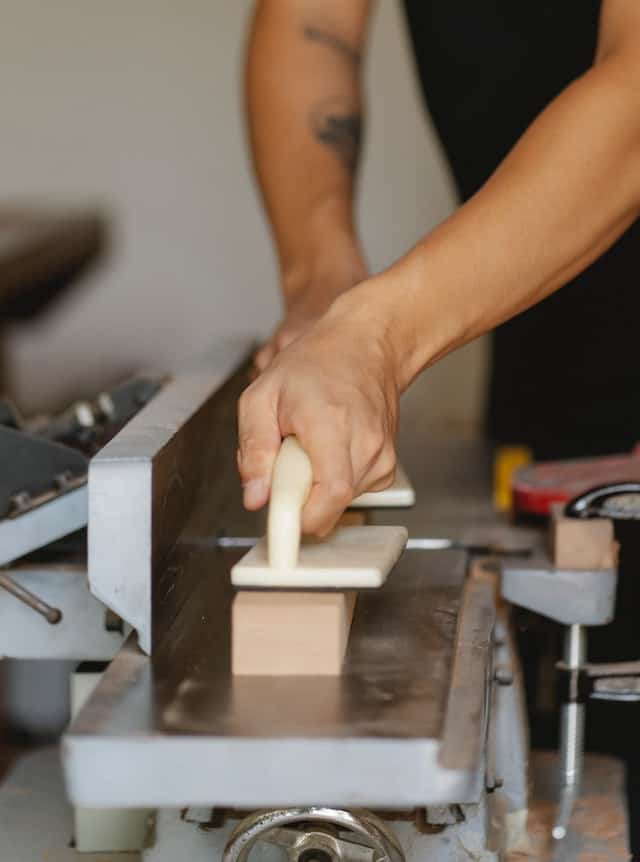A very important woodworking power tool for perfectly squaring and flattening your wooden boards , is the power jointer and for sure it’s a basic machinery for all the carpenters . The hobbyist ones and the professionals .
The power jointer is a significant power tool , because it’s the first and very crucial step of the perfectly flattening and squaring process of your boards .
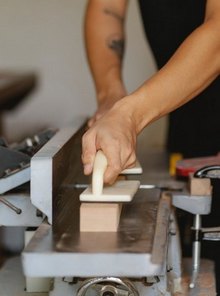
” The power jointer is an electric machine , which consists of two long & height adjustable tables( infeed – outfeed) placed in a row , having between them a spinning cutterhead of 2 or more knives( height & pitch of adjusted) , on which wood passes over , assisted by a side fence vertical to them . “
See my top power jointer suggestions , in HERE .
What does the Power Jointer do ?
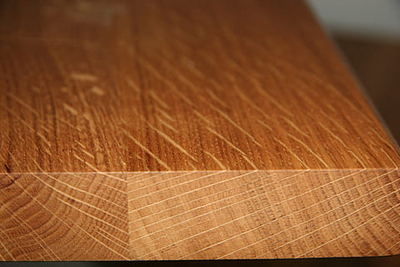
The power jointer is a woodworking tool , which is used for flattening and squaring the face and the edge of a wooden board and make these two perfectly vertical , of course if the jointer’s fence is totally vertical( in some jointers it’s angle adjusted ) to the jointer’s bed .
**Attention : Don’t be confused . The power jointer doesn’t give uniform thickness to all of the board . It only flattens the surface . The thickness planer gives uniform thickness to all the board .
If you want some of the top thickness planers , go in HERE .
“Flatten surface and uniform thickness in a board – woodpiece are totally different states .”
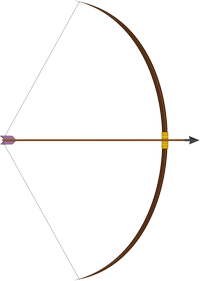
If you put a bow to a thickness planer , you’ll get a bow at the exit(!!!) , but having the exact uniform thickness to all of its length .
First you flatten one of your board’s face , then you put this “fresh” flatten face to the jointer’s fence(which is 100% vertical) and you flatten the edge of the board .
In this way you have a perfect 90o angle( squareness ) , between your face and edge .
Will a Jointer Flatten a Board ?
Yes , the perfect flattening of a board’s surface(face – edge ) is the mainly woodworking job , a power jointer does , by using its two tables , the infeed and the height adjustable outfeed .
I repeat myself but i want to make it , 100% crystal clear . Flatness & Uniform thickness are totally different , things .
How does a Jointer Flattens the wooden board’s Face and Edge ?
Here is the whole flattening process with your power jointer :
1) You have a random wood piece – board in your hand , bought from anywhere .
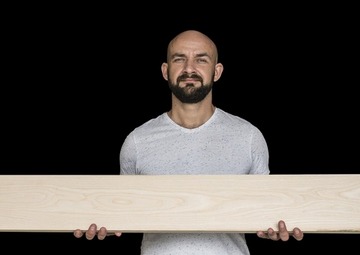
2) This board has awry faces , edges , it’s awry entirely .
3) You want to square this board in order to use it in your cabinetry , et. c . You should start from somewhere , from a starting point and then proceed to squaring .
You need a correct , flat and square starting point in order to use it as a “lighthouse” and then proceed to the rest of your board .
4) You take one face of your board and you put it in the infeed table of your jointer .
5) You adjust the height of the second table , the outfeed , in order the cutterhead of the jointer , “eat”-trim the curve – arc , et.c of the board .
The cutterhead is trimming the exact “flesh” it needed to make the board totally flat . A straight line .
6) At the exit of the outfeed table , you take a perfectly flat board’s face .
7) This is your STARTING POINT . Your “lighthouse” in order to square the entire board .
8) Then you put this flat surface to your 100% vertical fence and you flatten the edge of the board .
9) After this , you put your board to the thickness planer and you make your faces , two perfectly parallel lines . Flat perfect and having the exact uniform thickness , entirely .
This is it .
The entire squaring and flattening process of an entirely awry , “strange” shaped wooden board .
Is the Jointer , the First step when squaring lumber ?
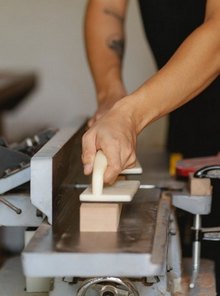
Yes , the power jointer is the first stop a carpenter makes , if he wants to flatten and square his wooden board , in all of its length .
The flattening with a power jointer gives the ability to make a stable starting point , in order to make your entire board square and flat .
The next step is to use his/hers power thickness planer and then his table saw for final dimensioning of his lumber .
See some nice( and ot too expensive ) thickness planer suggestions to buy , in HERE .
Is a power Jointer better than the thickness Planer ?
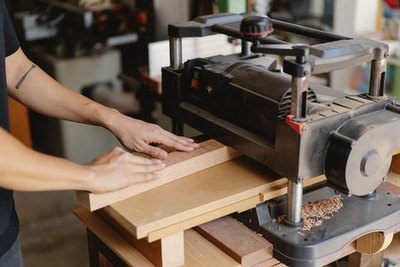
These two woodworking power machines aren’t comparable , because there’re two different tools and they do two different jobs to a wood board – piece .
These two power tools are cooperate to give flatness and squareness , to a board . Don’t be confused as many maybe do , because these tow tools have , beds – tables , cutterheads , et.c .
Can you Thickness with a Jointer ?
Yes , you can adjust – reduce the thickness of a board , if you don’t care your board to have uniform thickness to all of its mass .
You can pass again and again your board to the jointer and make it thin(not uniform shaped ) as you apetite likes .
If you want uniform thickness to all of your board , the jointer cannot do that .
Why can’t you use a Jointer as Planer ?
The Jointer gives flatness , not uniform thickness to the whole board – piece . The jointer is trimming the wood’s flesh ( small or big ) , in order to take it in your outfeed table , perfectly flat .
Can you use a Power Jointer , Across the grain ?
No , you cannot and i don’t suggest you to try it , because the danger of kickbacks are big . If your jointer runs through a very strong knob , the kickback will be big and your safety is at stake .
Can you Square wood , without a Jointer ?
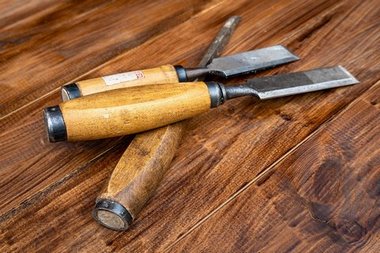
Yes , surely you can by using your hand planes , hand saws , with some marking and measuring tools in order to flatten your board , some pencils and a winding stick .
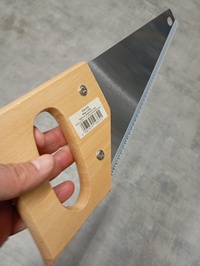
Do i need a Jointer , if i have a Planer ?
Yes , you need one to prepare your wooden board , to proceed to the power planer thickness process . These two woodworking machines are making totally different jobs and you should not be confused .
The thickness planer doesn’t do anything more than giving the exact same uniform thickness to your board . Nothing else .
What is the Difference between a Jointer and a thickness planer ?
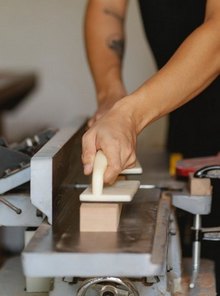
The power jointer is flattening and squaring the face and the edge of a wooden board , in order to proceed to the thickness planer for uniformity to all of the length , the table saw maybe and then finish dimensioning .
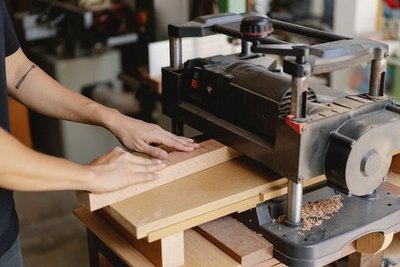
Can you use the Table Saw , as a Jointer ?
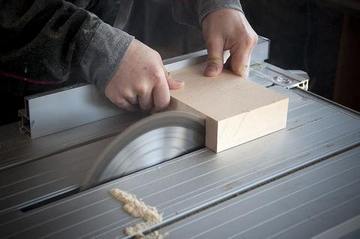
No , you cannot because they totally different jobs . The rotating cutterhead of the power jointer , is trimming the board’s face and edge for flattening and squaring . The table saw cuts the board , to give the dimensions you want .
How long of a board , can i run through a jointer ?
Many say that you should not put a longer board , than your jointer’s table’s length , but i have the opinion that you should adapt to your wood’s stability “behavior” , in here .
You should be flexible , seeking the best possible stability and the less possible “shaking” – trembling , while you run your board form the jointer .
A heavy mass type of wood , a hardwood will be more steady than a lighter , a softer one .
Be flexible , adapt to any type of wood and remember that you want the maximum possible stability , while you pass your board form the jointer .
It’s useful to remember the specs of all the basic wood types . Do it in HERE .
What Cutterhead style , is Ideal for my Power Jointer ?
The helical cuttrheads are the most ideal for your jointer’s cutterhead , not saying of course that the knive cutterhead , is “junk” .
The knives are kind of an “old style” cutterheads . They need to be always very sharp , be at the same height , need adjustments – set ups very often which is a evry tough situation , they clog very easily from dirt , et.c .
The spiral carbide cutterheads are way more elegant , trim wood smoother and better , there’re easy to adjust to have always their sharp side ( you rotate the square carbide blade ) , they last longer , et.c .
If you have a knife cutterhead , it’s ok , but if you can have a helical cutterhead one , choose the helical .
Can you use a Jointer to Plywood ?
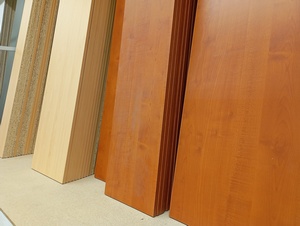
Yes , you can , but i don’t suggest you to do so . The glue and resins of the plywood will clog the blades – cutterhead , way more often .
On the other side , i don’t “trust” to trim a wood’s mass , which isn’t a solid piece . I don’t like “surpises” , coming from the many layers the plywood – industrial wood is made off .
What is a Preferred Size for a Jointer ?
A width of 8″ and wider if you have space and the length of the jointer’s bed fluctuates from 6″ from the smaller 6″ ones to 80″ plus for the big jointers . I think a 60″ length more or less is ideal for a jointer .
How much Power , does a Jointer needs ?
A power jointer with 3HP strong power motor is perfect for all the woodworking flattening and squaring jobs .
Usually the 8″ jointers have this kind of power and they’re not very expensive . They’re around to 1500$ , money “neighborhood” .
What are the Dangers of jointers ?
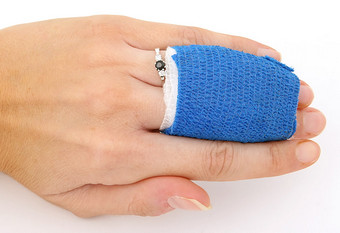
The dangers for your health if you don’t follow he safety rules , are extremely high using a power jointer . You can cut , chop , peel off flesh , choke (if the cutterhead “suck” a cloth of yours) , even death from bleeding , can be caused from a power jointer .
I never tire to remind you( and brake some “myths”) my personal safety mentality for woodworking and what you should be aware , always . See it in HERE .
What causes , most jointer Accidents ?

The lack of correct jointer maintenance , the abuse and above the manufacturer’s limits use of the jointer , the lack of a blade guard , the serious – strong & unexpected kickbacks and the lack of focus and seriousness , are the most common reasons for jointer accidents .
You think that a bad psychology cannot affect safety ? Read HERE something you won’t expect to read .
Do i need a Jointer to built cabinets and in general ?
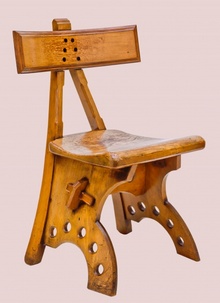
Yes , for sure you need one and it’s a basic flattening and squaring lumber . In cabinetry , the flattening and squaring of wood is a basic woodworking process .
In woodworking generally , the flattening and squaring od wood is a basic process . You need perfect and square wood pieces , to make straight carpentry projects .
Keep woodworking and the happiness will come in the auto mode .
